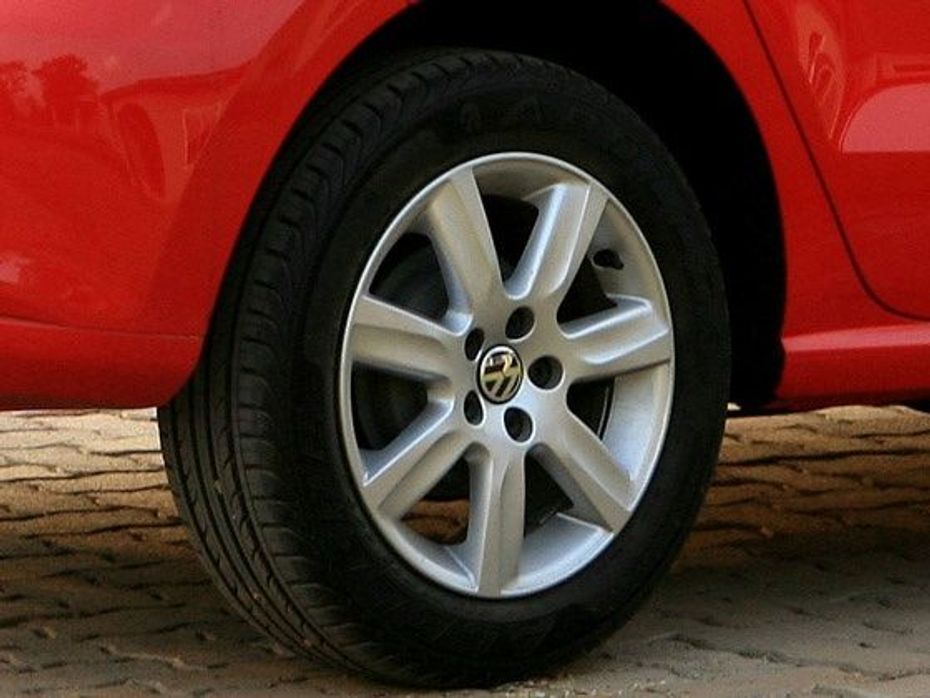
3 New Major Design Details Mahindra XUV 3XO Will Pack Over...
- Apr 12, 2024
- Views : 9880


Brakes in which shoes were installed and connected to the brake pedal through a system of mechanically operated rods and cables were the first effective system of braking. The shoes came in contact with the drum, the car slowed down or came to a halt. The first practical model of the drum brakes were conceived in 1902 by Louis Renault, which had mechanically operated rods and cables which, although not very reliable, was the best to be offered by an automobile company in the time.
The first oil operated drum brakes started in production during the mid 1930s, which had a small wheel cylinder and pistons to reduce the driver’s effort applied on the pedal. The wheel cylinder circulated oil through the system and pushed the brake shoes on the drum, slowing the car down. Once the effort from the pedal was released, the brake shoe is retracted by a system of springs that did the effort.
Drum brakes also have a self-applying characteristic that moved the brake closer to the drum. This makes the car come to a halt at extremely slow speeds like waiting at a traffic light. The conventional system of drum brakes is still used with the same basic layout, although refinements have taken place to make drum brakes better performing.
Typically, drum brakes are designed as either leading/trailing or twin leading. In the leading/trailing system, the brake is connected with one spring and a hinge on the other side. With this system, one of the brake shoes will always experience a self-applying effect. This is effective in parking the car using the handbrake, although, one of the brake shoes will experience more stress than the other. In the twin leading system, two wheel cylinders are used so that the self-applying effect is there in both the brake shoes.
Most of the earlier cars, before the birth of disc brakes, used twin leading system for the front hubs and leading trailing at the rear. This prevented the rear wheels from locking up and provided adequate braking.
The main disadvantage of drum brakes is the dissipation of heat that needs to be quick to avoid high wear and tear. Most of the cars use drum brakes for handbrakes as well since disc brakes need a brake booster to keep the brakes intact. This requires the car be running to pump the oil through the braking system.

3 New Major Design Details Mahindra XUV 3XO Will Pack Over...

Tata Curvv: A Much Clearer Look At Its Interior Ahead Of Its Unveiling

Citroen Basalt vs Tata Curvv: Exterior Design Compared

10 New Features Expected In The Upcoming 2024 Mahindra XUV 3XO...

The Fronx Has Been Rebadged! Meet The Toyota Urban Cruiser Taisor,...

Here’s How Fuel Efficient The 2024 Maruti Suzuki Swift Sold In...

MG Hector And Hector Plus Blackstorm Edition Launched At Rs 21.25...

Citroen Basalt Vision, Its SUV Coupe For India, Revealed

Mahindra XUV300 Facelift Teased, Gets A New Name
India's largest automotive community